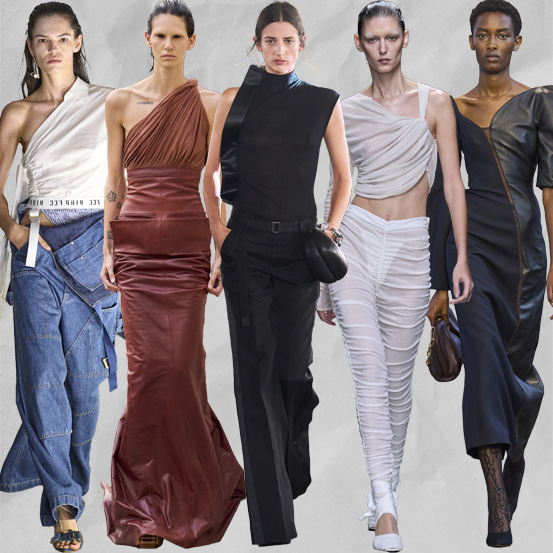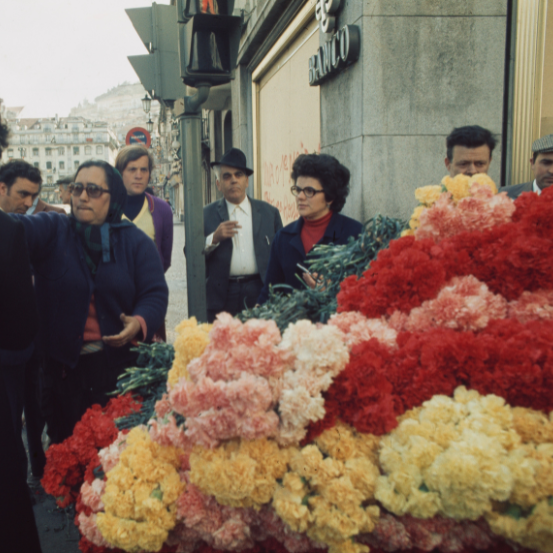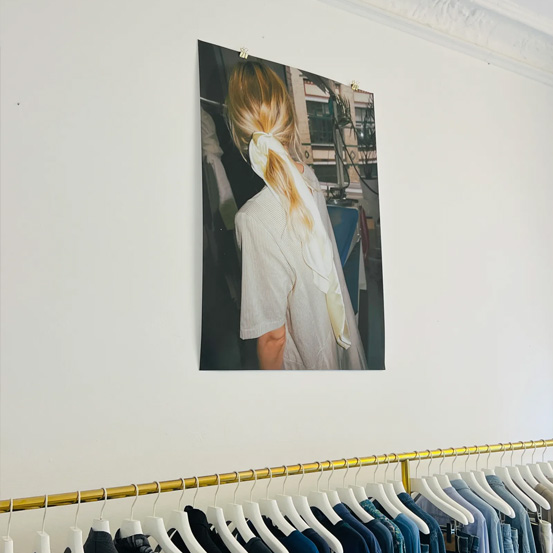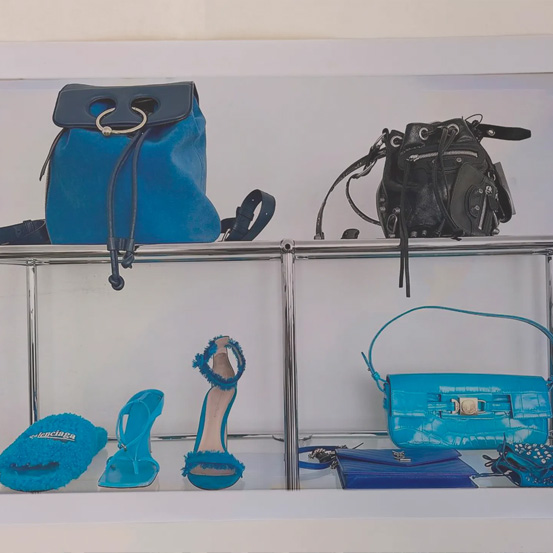The color pink is intuitive and insightful, symbolizing tenderness and kindness, with its empathy and sensitivity. In color psychology, pink is a sign of hope.
"I believe in pink. I believe that laughing is the best calorie burner. I believe in kissing, kissing a lot. I believe in being strong when everything seems to be going wrong. I believe that happy girls are the prettiest girls. I believe that tomorrow is another day and I believe in miracles." - Audrey Hepburn

In 1800, the color pink had a masculine association. Since babies were traditionally dressed in white and red was used primarily by the military, pink (which results from mixing white and red) was seen as a masculine color. At that time, the delicate nature of blue was more appropriate for girls. At the end of World War II, everything changed. The artistic representation of young, sweet and tender women adopted pink as a symbol for these ideals and the tone was gradually transformed into a feminine color.
And that was when Schiaparelli arrived. Before fuchsia became the star for the mid-2000s and millennial pink became dominant, a particular shade of hot pink was the color du jour in the world of Haute Couture in the late 1930s and 1940s. Shocking Pink, as it became known, was turned popular by Italian designer Elsa Schiaparelli. In 1937, Schiaparelli made this vibrant pink her iconic color. With the boldness of the new hue, her creations stood out from the restricted color palettes that ruled during World War II. Using bright colors, especially pink, was a way for Schiaparelli to bring some inspiration to the black period that the world was going through. Pink has always created memorable moments in Fashion, but it would not have the same impact without Schiaparelli's vision. Although she was not the first to think “in pink”, and certainly not the last, Schiaparelli's bold plunge into the most expressive and vibrant colors was just one of the ways in which she asserted herself. By introducing shocking pink to the industry, it broke taboos and stereotypes because, after all, it is transversal to genres, styles and attitudes. “I adore pink; it's very powerful. It makes you feel sweet and sexy, also if you are a man.” This was recently stated by the Italian designer Alessandro Michele.

Where dreams lay, pink is also a noticeable presence. The hue is unrealistic, in all shapes and shades. Pink can be either the official color for kitsch or romanticism, and it goes far beyond its expression in fashion. A "pink future" or "pink dreams" are expressions that confirm the connection between pink and happy feelings. The color pink is intuitive and insightful, symbolizing tenderness and kindness, with its empathy and sensitivity. In color psychology, pink is a sign of hope. It is a positive color that inspires warm and comforting feelings, a sense that everything will be fine. It calms and reassures, strengthens our energies, relieving feelings of anger, aggression, resentment, abandonment and neglect. Studies confirm that exposure to large amounts of pink can have a calming influence, both at a physical and an emotional level. Violent and aggressive prisoners have successfully calmed down after being placed in a pink room for a set period of time. The pink color represents the sweetness and innocence of the child that we all have in us. It is the color of uncomplicated emotions, inexperience and naivety. But, as in everything in life, however “la vie en rose” it may be, wherever there is light, there is shade, and pink (made up of so many hues and nuances) also mixes with black. Too often, too many moments can be black, deeply black, to the point that the rose seems extinct from the palette of our existence. “I can't write a pink novel, I get black. The pinker I try, the blacker each page comes out...” is what is heard in one of the memorable scenes from Pedro Almodóvar's A Flor De Mi Secreto, when Leo, a writer and novelist with a depression, vented about her block.

In this Pink Issue by Vogue, we wanted to bring you strokes of varying shades of pink, without forgetting that the true pink side of life lies in the balance between optimism and crossing the darkest moments, which sometimes we manage to overtake with the “pink lenses” that always make us believe in a better tomorrow. And, as in everything in life, the choice is ours: we can complain because roses have thorns; or rejoice because thorns have roses.
Translated from the original, published in the "Pink Issue" of Vogue Portugal.

From top to bottom:
1st cover: Photography by Jakov Baricic. Styling by Schanel Bakkouche. Model: Maike Inga @ Miha Modelmanagement @ Women Paris.2nd cover: Photography by Lara Alegre. Styling by Fátima Monjas. Model: Penelope Ternes @ Modelwerk. Baby: Arisa @ Younger Models.3rd cover: Photography by Oleg Bogdan. Artist: Kitten Kay Sera.4th cover: Creative direction by Ana Magalhães. Photography by Frederico Martins. Styling by Larissa Marinho. Models: Maria Miguel Silva @ Central Models and Ginho.
Most popular
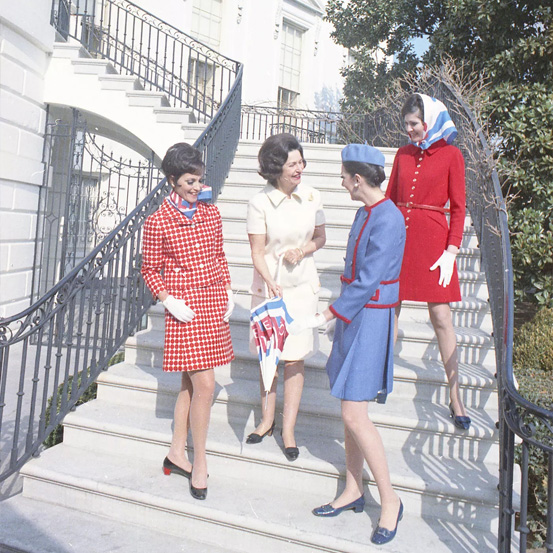
Tendências do guarda-roupa das nossas mães e avós que regressam na primavera/verão de 2024
19 Apr 2024
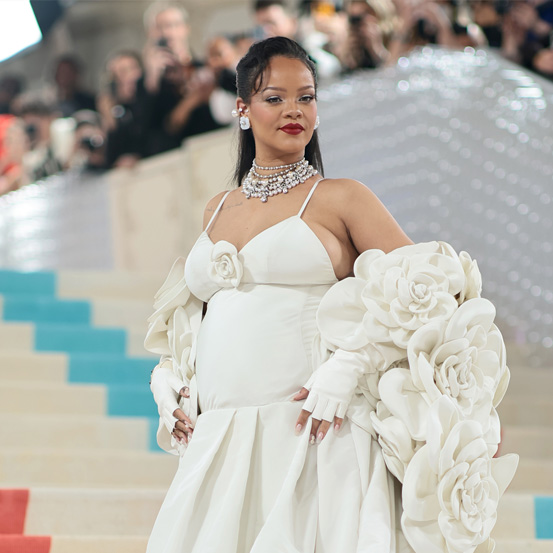
Tudo o que deve saber sobre a Met Gala de 2024: Tema, anfitriões e muito mais
18 Apr 2024
Relacionados
